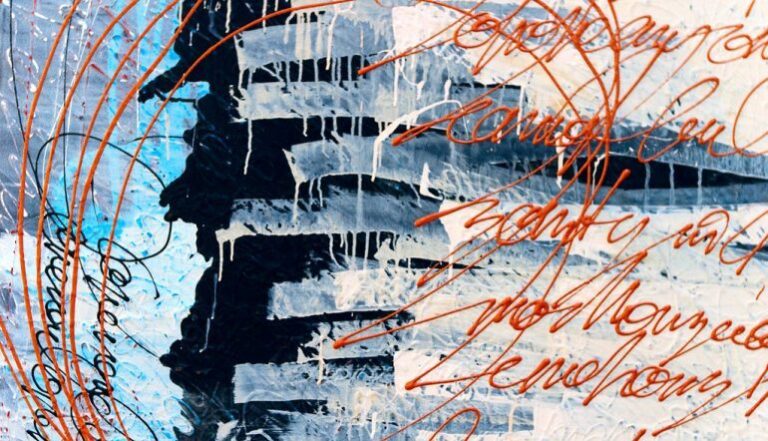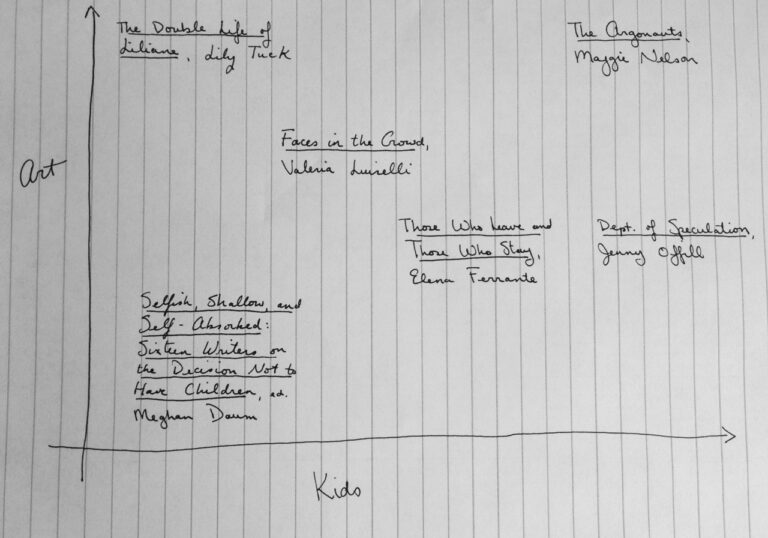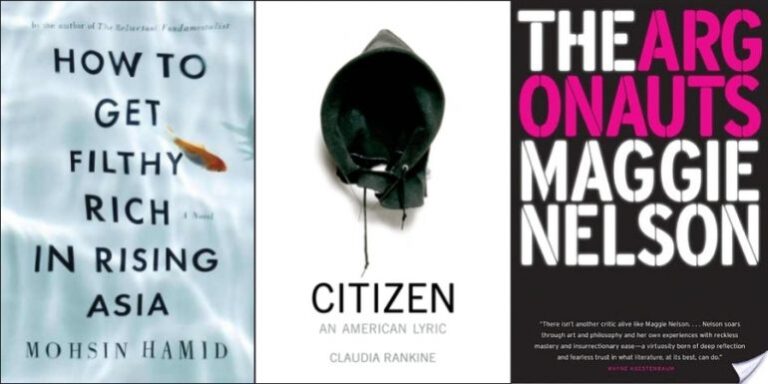Poets Turning to Nonfiction
How do we tell our stories? What form best fits the autobiographical? For many writers, working in one genre is not sufficient, or else a single genre does not exhaust a writer’s obsession with their subject matter.
Please note that shipping will be slower than usual for orders placed between Dec. 24-Jan. 15! Thank you for your patience.

How do we tell our stories? What form best fits the autobiographical? For many writers, working in one genre is not sufficient, or else a single genre does not exhaust a writer’s obsession with their subject matter.

What is the role of the literary arts when the self is at its most porous? At moments of corporeal and emotional transition, how does writing entwine with acts of recovery and transformation?

I don’t pretend to understand Maggie Nelson’s The Argonauts. The materials she has read, the level of her intellectual thinking, as well as the life she leads—and conveys in this memoir—are several levels of complexity and depth beyond what I can comfortably claim to know.

The tension at the heart of Trump’s recent iteration of bigotry against trans individuals comes through profoundly in Maggie Nelson’s The Argonauts. Nelson writes both movingly and perplexingly about bodies in flux.

With many contemporary poets publishing (sometimes multiple) memoirs, there’s clearly a desire for these writers to share their worlds in a form other than poetry. Is it as simple as the appealing arc of a compelling narrative? What other issues might come to bear, particularly in our current social landscape, for a poet to share her experience, to say, This is my story—without the poetic slant?

On my desk, Maggie Nelson’s The Argonauts and Gloria Anzaldua’s Borderlands/La Frontera sit one atop the other. I didn’t plan it that way. It just sort of happened like that—I read one and then I read the other. It wasn’t until this week, when I was leafing through them both, that I realized, OH MY…

Yesterday on the bus I sat behind a woman whose toddler was having a Richter-ten tantrum concerning his left shoe. He flung himself out of his seat, flailed his arms, pulled his mother’s hair, and wept into his shirt because he didn’t want to wear his shoe. This lasted for at least twenty blocks, and…

Used poorly, second-person reads like a trope; used well, second-person as a narrative device adds inclusivity to literature, raises questions of authorship, and helps an author communicate politically-charged topics like globalization, race, and gender. Mohsin Hamid utilizes second-person in his novel, How to Get Filthy Rich in Rising Asia, a tongue-in-cheek how-to for globalization. The…
No products in the cart.